As early spring approaches, it's time to think about perennial weeds that appear late in the fall. These weeds can be foraged and used in cooking, providing a delicious and nutritious addition to your meals. One such weed is allium vineale, green onion weed, wild onion grass, or field garlic.
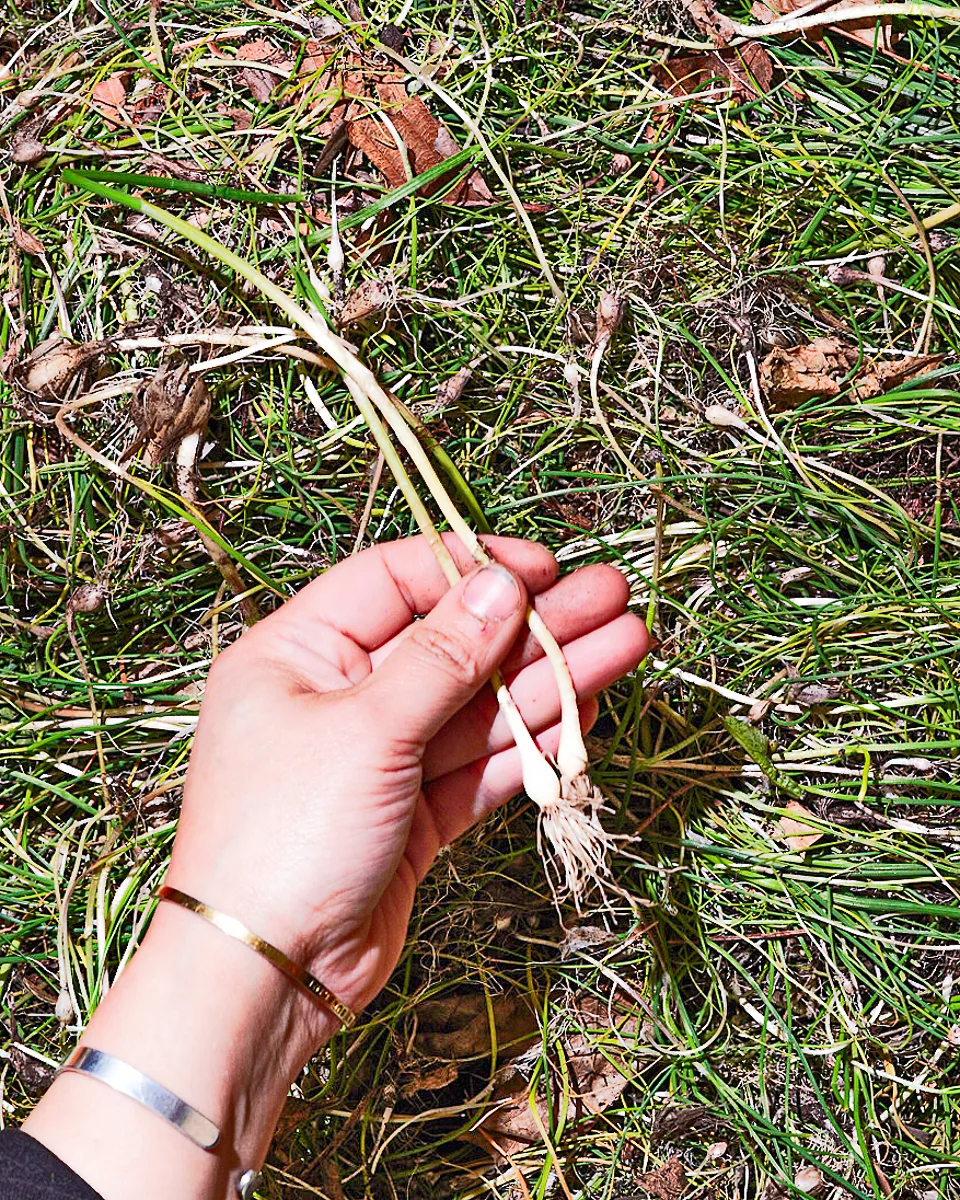
Identifying and Foraging Allium Vineale
Wild garlic is a common lawn weed that grows in winter with long, slender hollow leaves similar to chives. Foraging this plant is best done in early spring before it flowers. The whole plant, including bulbs, stems, and leaves, can be used in various dishes, adding a strong garlic flavor. Harvesting this plant involves digging up the whole plant or pulling off the stalk. To forage this plant, start by loosening the soil with a wide trowel or small hand shovel and removing the entire plant.
Foraging Tips
Foraging for weeds can be a fun and rewarding experience, but doing so safely and sustainably is essential. Only pick from areas not treated with pesticides or other chemicals when foraging. Also, only take what you need, leaving some for others and for the plant to grow and propagate.
Cooking with Field Garlic
Both allium vineale and field garlic have a strong garlic flavor that can add depth and complexity to many dishes. The leaves of these plants are best eaten raw and can be used to add flavor to salads, soups, and stews. The bulbs of the plants can be sautéed, roasted, or grilled and used as a substitute for regular onions or garlic. These weeds can also make pesto, dips, and spreads.
While some may consider field garlic a weed, it can be a great addition to your meals if foraged and appropriately prepared. So next time you see these plants popping up in your lawn or garden, consider harvesting them for a tasty and nutritious treat.
Field Garlic Recipes
This warm potato salad recipe is packed with flavor! Field garlic greens and spruce vinegar add an unexpected dimension of flavor to the dish.
This garlic herbed butter uses foraged field garlic, an early spring plant that has a potent flavor! It's great on garlic bread, with veggies or on top of pasta.
These sourdough discard crackers with field garlic are a delicious homemade treat. You can eat them for breakfast with your favorite toppings, add some cheese, and serve them with a salad for an easy lunch.

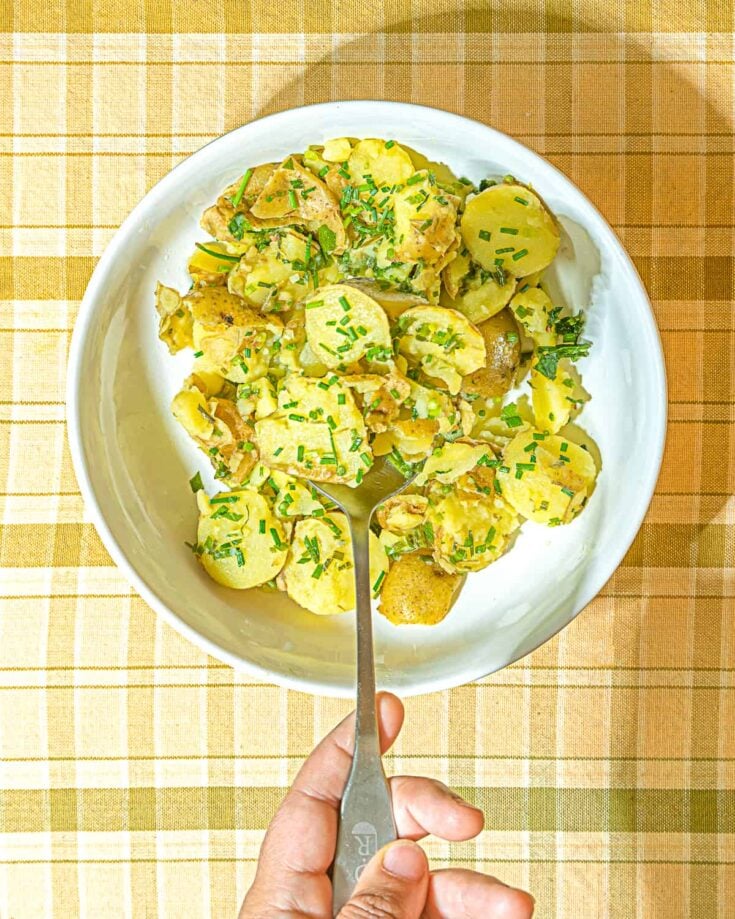
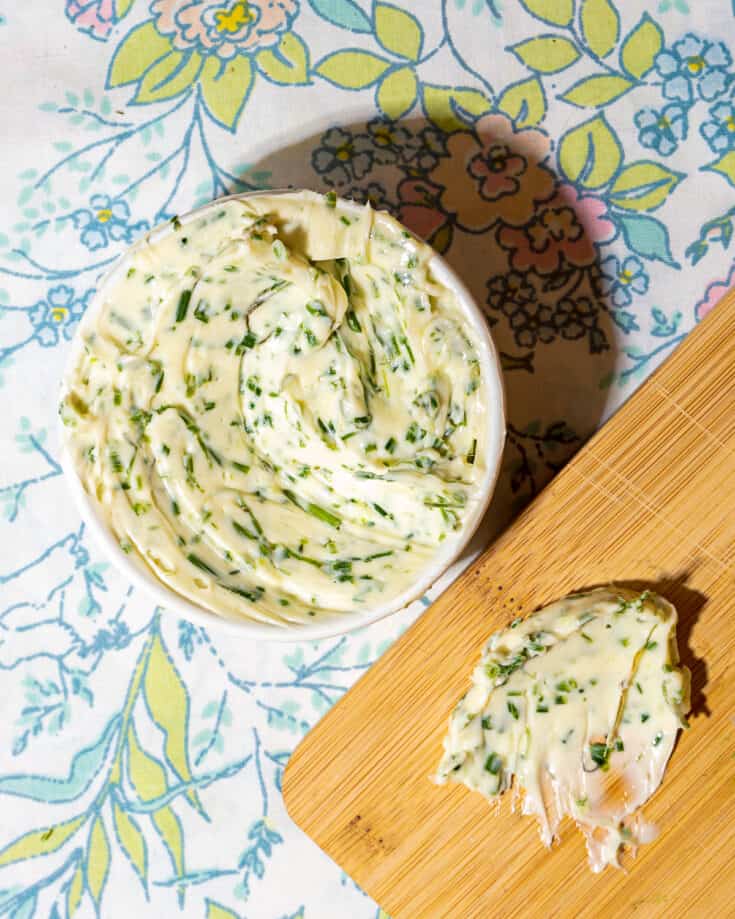
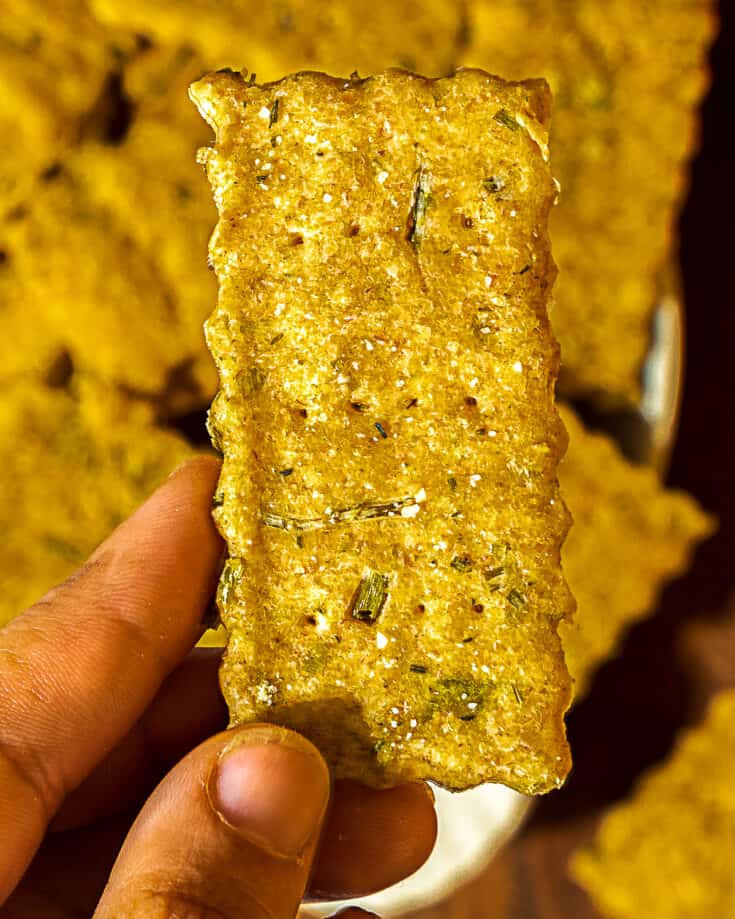



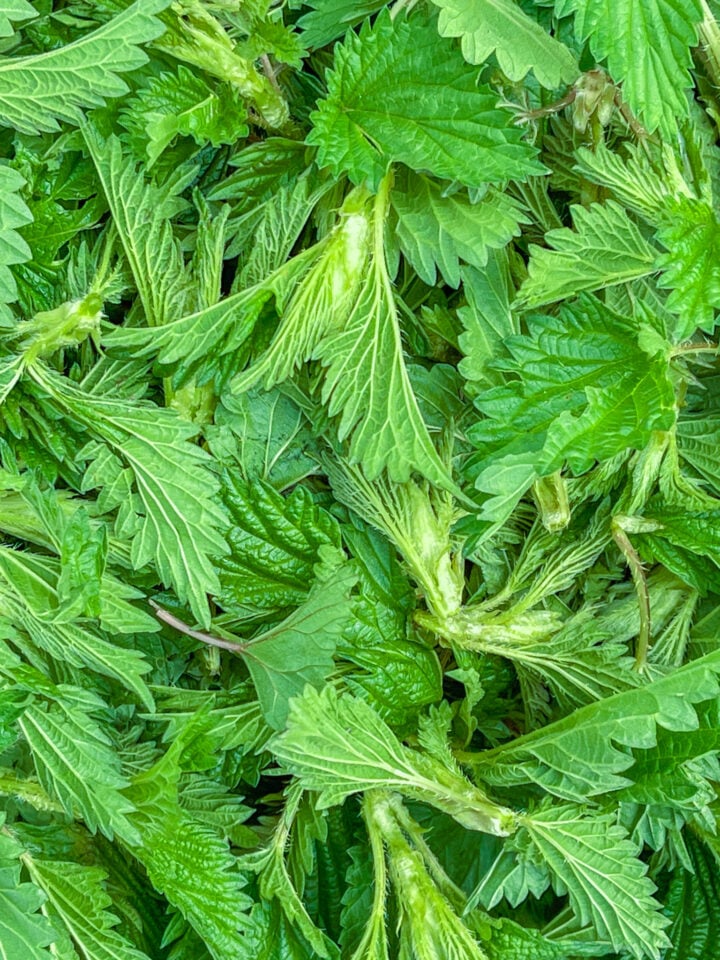

Comments
No Comments